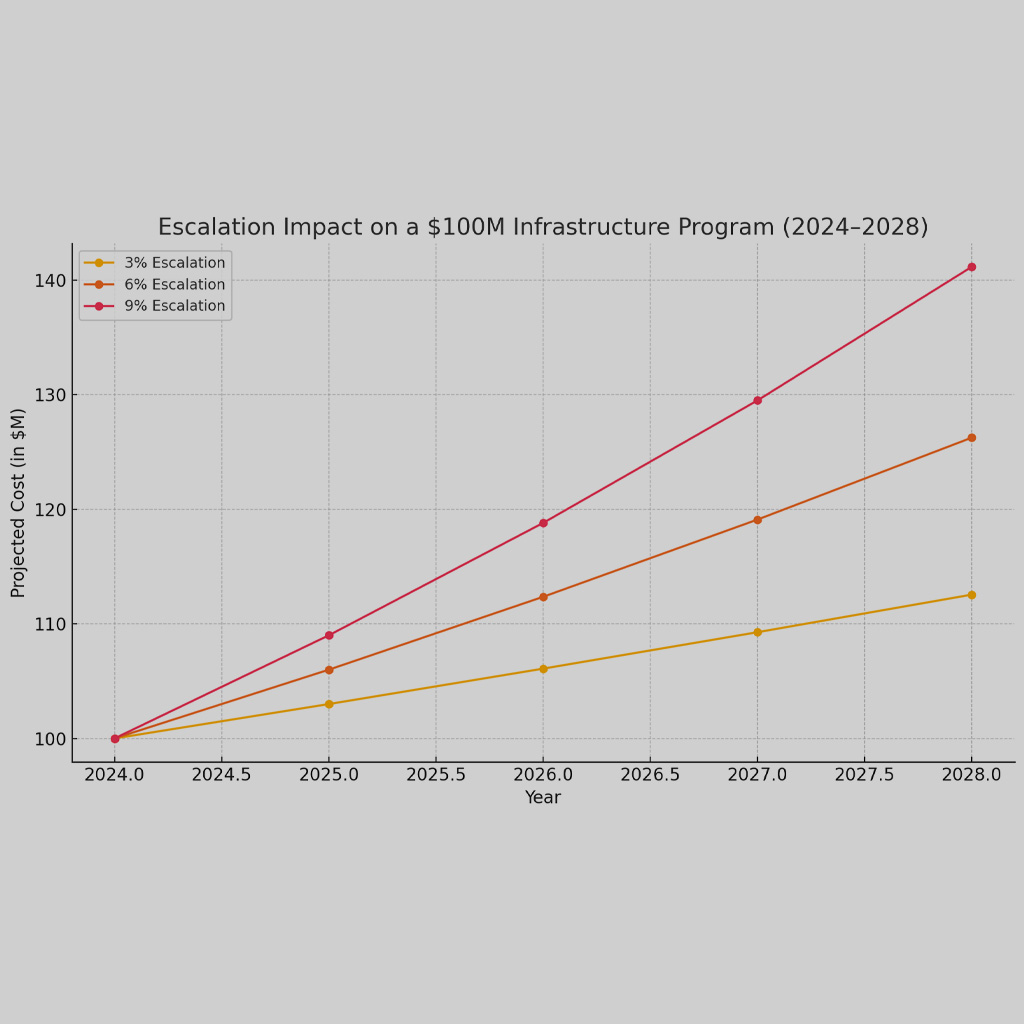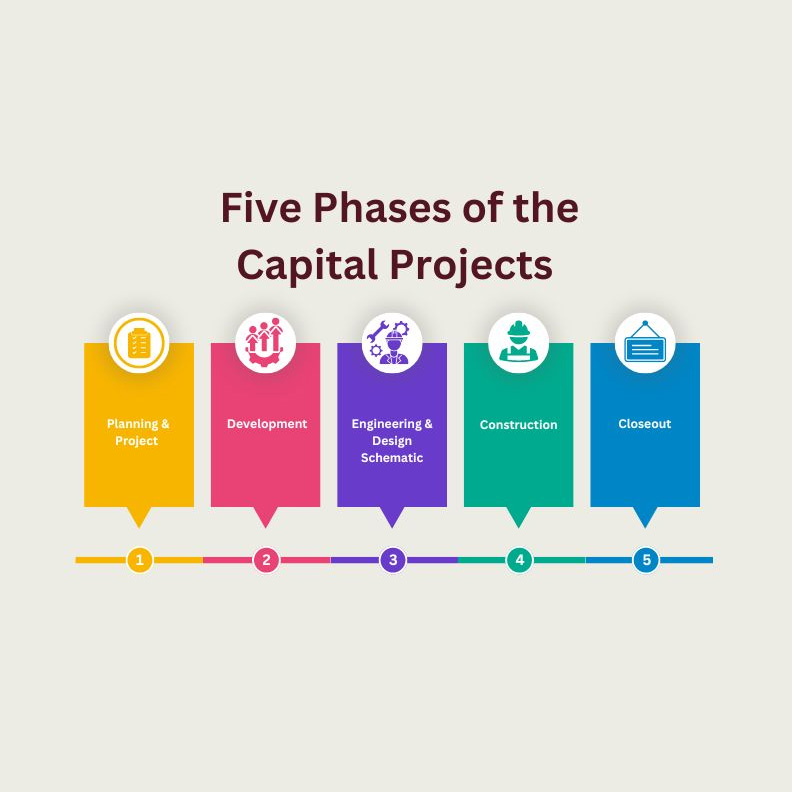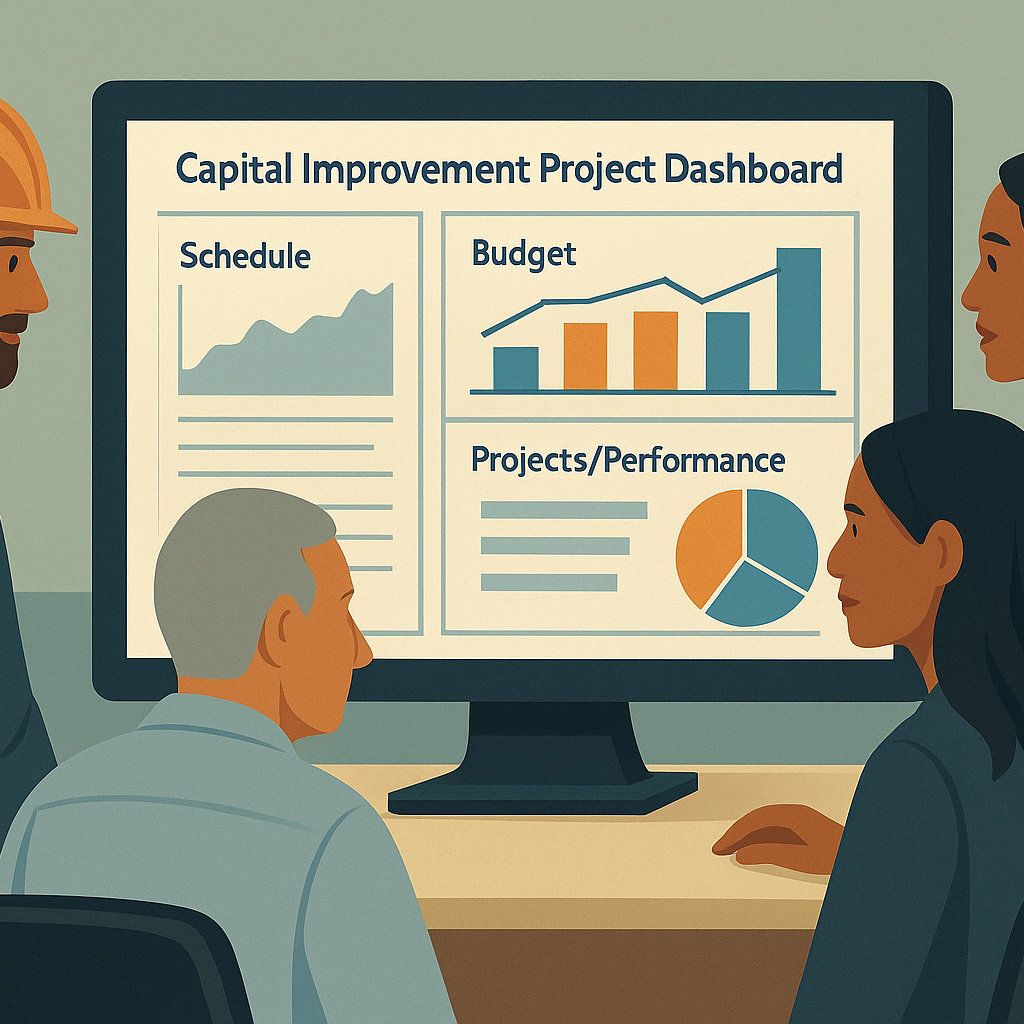Introduction
Cities on the precipice of rapid expansion confront an undeniable reality: the challenges that accompany exponential population growth are vast, particularly from an infrastructure perspective. As streets become increasingly congested and public amenities face overwhelming demand, how can city leaders anticipate and aptly cater to the needs of an expanding populace?
The Ripple Effect of Rapid Growth
1. Traffic Congestion and Public Transportation
The surge in urban dwellers invariably strains the city’s transport arteries. Roads become congested, public transportation systems are overwhelmed, and the daily commute transforms into an arduous challenge. Efficient transportation is the lifeblood of any city; thus, when arteries are clogged, the entire city suffers.
2. Strain on Utilities
The essentials – water, electricity, and waste management systems – also grapple with the repercussions of rapid growth. Power outages may become frequent, water shortages a recurring concern, and waste disposal sites overburdened.
3. Impact on Public Amenities
The allure of parks, libraries, and recreation centers – the communal spaces that breathe life into urban settings – becomes challenged as they confront an influx of users. What were once tranquil retreats can quickly transform into crowded hubs, diluting the quality of the experience for residents.
Proactive Planning
1. Adopting a Long-Term Vision
It’s imperative for city planners to look beyond immediate challenges. This entails crafting a vision that not only addresses today’s concerns but also anticipates those of the next decade and beyond.
2. Embracing Smart City Technologies
In an era where technology underpins progress, integrating smart solutions—like IoT for traffic management or AI-driven utilities monitoring—can significantly alleviate urban pressures.
3. Incorporating Sustainable and Resilient Infrastructure Designs
Sustainability is no longer a choice—it’s a necessity. Cities need to pivot towards green infrastructure, whether it’s renewable energy sources, water conservation systems, or sustainable construction materials.
Collaborative Approach
1. Partnering with Urban Planners, Environmentalists, and Tech Innovators
Addressing the multifaceted challenges of urban growth requires a multidisciplinary approach. By harnessing the expertise of urban planners, environmental advocates, and tech pioneers, cities can craft holistic solutions that resonate with varied stakeholder interests.
2. Engaging with Community Stakeholders for Input and Buy-in
At the heart of any successful city development initiative is its residents. Their insights, feedback, and active participation are invaluable. Regular community consultations ensure that development endeavors are in tune with the real needs and aspirations of the populace.
Conclusion
In the whirlwind of urban expansion, the compass that will ensure a city doesn’t lose its way is foresight. By proactively anticipating infrastructural needs and fostering an inclusive, collaborative ethos, city leaders can craft a blueprint for a thriving, resilient, and harmonious urban future.
At Front Line Advisory Group, we are pioneers in Capital Improvement Bond Management, leveraging unparalleled expertise and deep industry insights. Our mission extends beyond consultation – we empower our clients to realize the full potential of their investments, ensuring tax dollars are put to maximum use through astute Program Management Consulting. For more information or to commence your journey towards transformative bond management, reach out to us at info@frontlineadvisorygroup.com













